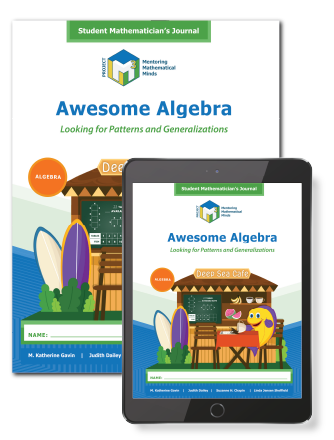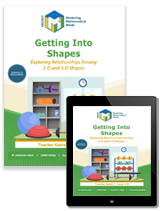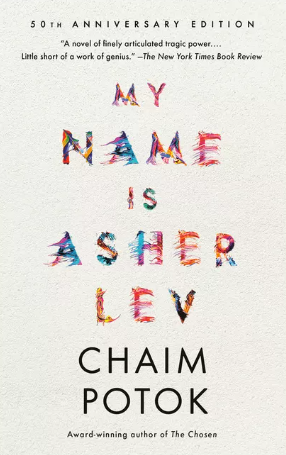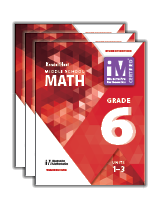Search Listing Name
product:
The World Turned Upside Down: The American Revolution Teacher Guide 1 Year License
The World Turned Upside Down: The American Revolution
Grades 4-5
Intensive document analysis and exploration of the concept of cause and effect form the foundation of this unit, which focuses on the Revolutionary period in American history. The unit explores the chronology and major event

product:
Project M3: Level 3-4: Awesome Algebra: Looking for Patterns and Generalizations Student Mathematician's Journal + 1 Year License
The Student Mathematician’s Journal allows students to explore simulated or real-life problems and help them to think, write, and read like mathematicians. It encourages students to reflect on what they have learned in each lesson, think deeply about mathematics, and communicate in writing on worksheets.
Students are encouraged to study patterns and determine how they change, how they can be extended or repeated and/or how they grow. They then move beyond this to organize the information systematically and analyze it to develop generalizations about the m

product:
Project M2 Level 2 Unit 2: Using Everyday Measures: Measuring with the Meerkats Student Mathematician's Journal 1 Year License
The Student Mathematician’s Journal presents simulated or real-life problems that encourage students to think, write, and read like mathematicians. They are asked to reflect on what they have learned and communicate in writing on worksheets.
In this unit, students explore the measurement concepts of length, area, and capacity. Throughout the unit, students also develop mathematical communicatio

product:
Project M3: Level 4-5: Getting Into Shapes: Exploring Relationships Among 2-D and 3-D Shapes Teacher Guide + 3 Year License
In this unit, students explore two- and three-dimensional shapes with a focus on their properties, relationships among them and spatial visualization. The reasoning skills that they build upon in this unit help them to develop an understanding of more complex geometric concepts.
The Teacher Guide is designed to provide background information on the mathematics being taught in this unit, the learning environment, mathematical communication, and differentiated instruction. Also included:
product:
Persuasion Teacher Guide
The Teacher Guide provides comprehensive instructional support, including detailed lesson plans, assessment tools, and opportunities to extend the curriculum to meet a variety of interests and needs.
This unit highlights elements of persuasion, especially as it relates to oral communication. Emphasis is placed on defending points of view in discussion and written arguments, as well as exploring the reasoning process through analysis and interpretation.

product:
Visualization: Using Mental Images to Strengthen Comprehension
Visualization has not been a common word in most classroom reading programs. In recent years, however, the impact of visualization on student comprehension has gained greater awareness among reading educators. This compact, easy-to-use book helps teachers understand visualization and how to apply the strategies in their classrooms.
Includes 57 lessons arranged within 13 goals, assessments for the goals, and rubrics to score the assessments. Also contains links to literatu

